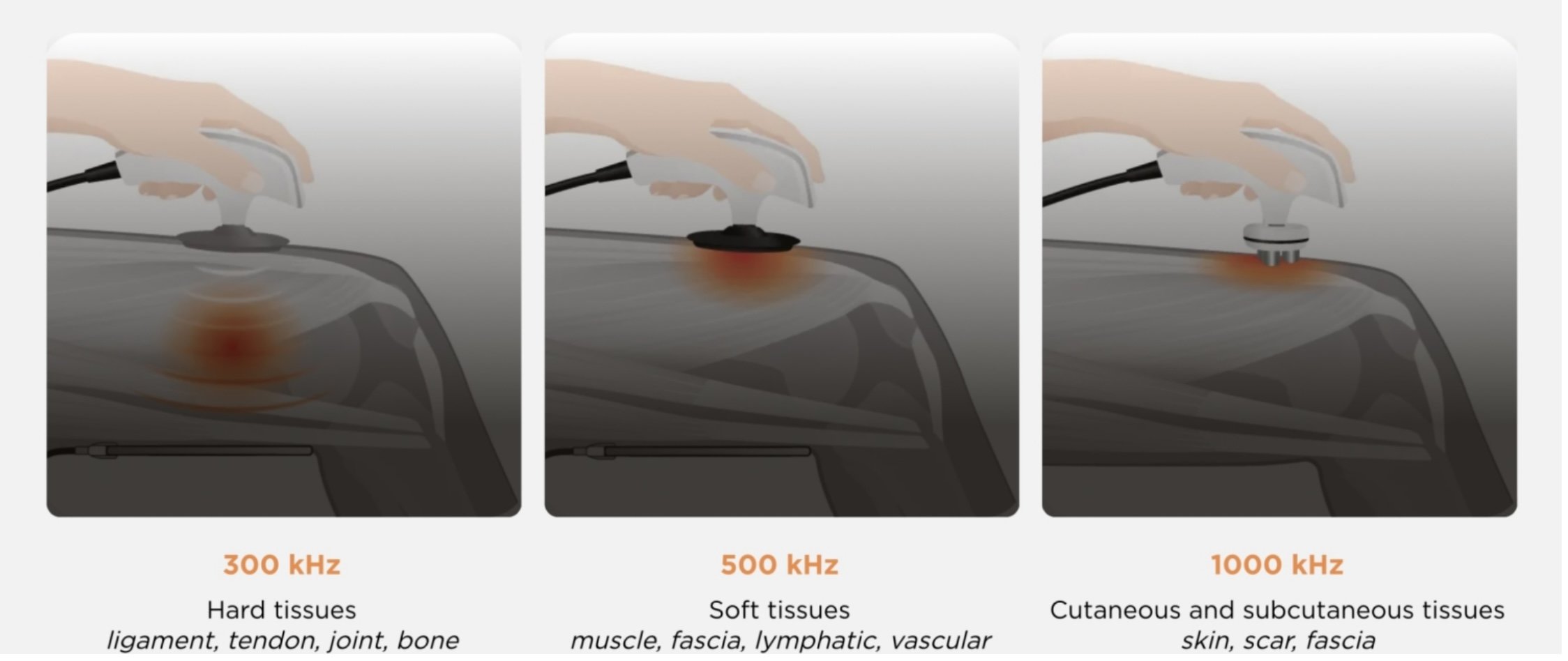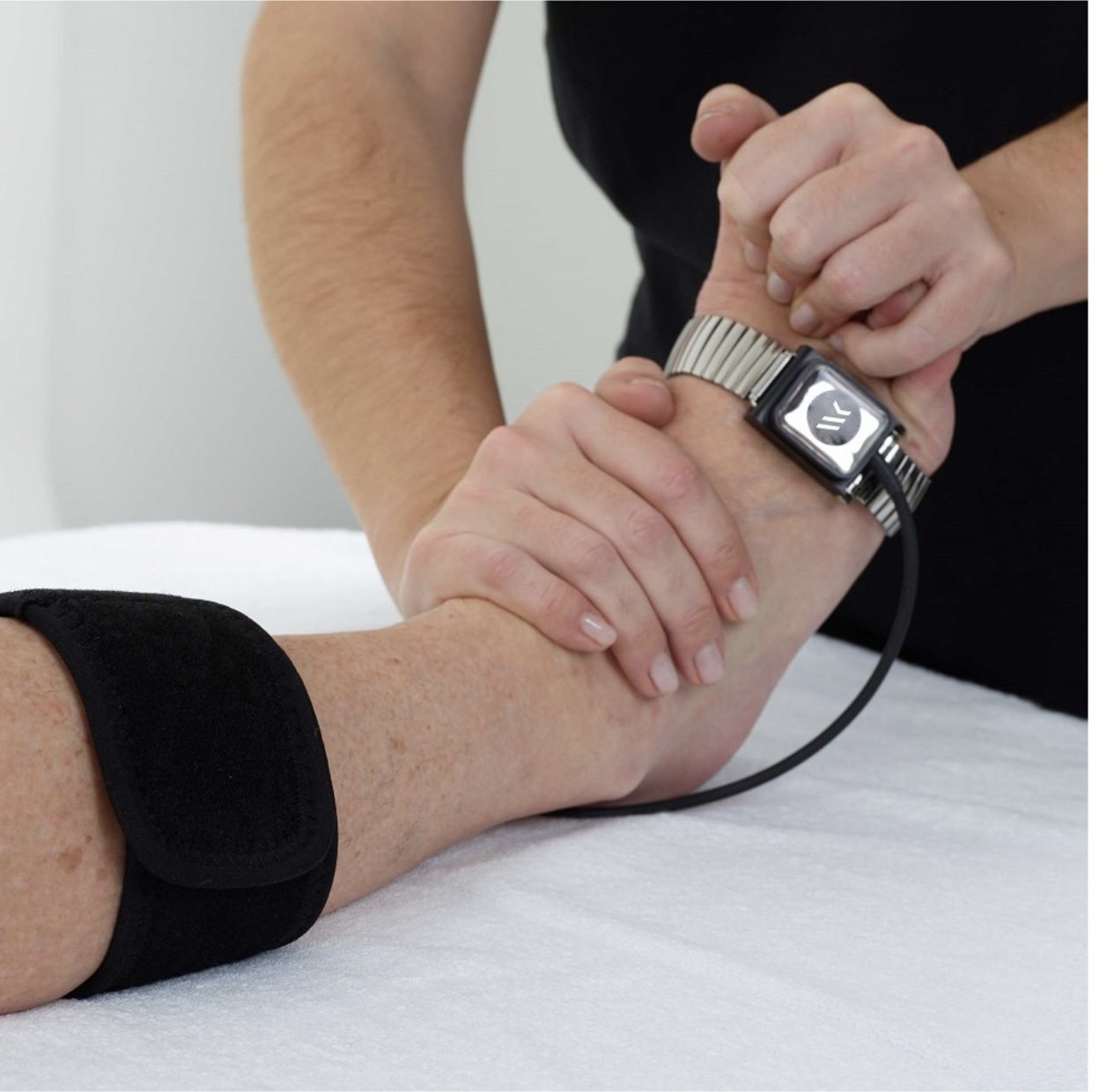Freeing Restrictions: Integrating Scar Tissue with Winback TECAR Therapy and Manual Techniques
Scar tissue and fascial adhesions in connective tissue can significantly impact mobility, organ function, and overall well-being. Integrating advanced modalities like Winback TECAR therapy with skilled manual techniques offers a modern, effective approach to free restrictions, enhance mobility, and support long-term healing.
Understanding Scar Tissue and Its Impact on the Body
Scar formation in normal tissue forms as the body’s natural healing process in response to injury, surgery, or inflammation. Unlike healthy tissue, scar tissue consists of disorganized collagen fibers, which reduces elasticity and flexibility. Over time, this rigidity can lead to adhesions—fibrous bands that abnormally connect tissues or organs.
These adhesions can:
Restrict joint or organ mobility
Cause nerve compression and referred pain
Disrupt blood and lymphatic flow
Lead to postural compensations or movement imbalances
When left untreated, fascial adhesions not only impact surrounding skin but, can even impact the motion of internal structures like the diaphragm, intestines, or pelvic floor—leading to digestive issues, breathing difficulties, or chronic pelvic pain.
Amplifying Results with RET Mode and Bracelet Conduction
One of the most powerful features of RET mode is its integration with conductive bracelets, which I wear on my wrists during scar tissue treatment. These allow radiofrequency energy to flow from my body into the client’s tissue—delivering therapeutic effects while preserving the natural sensitivity of my hands.
This technique transforms my touch into a dual force: diagnostic and therapeutic. I can feel fascial resistance, temperature shifts, and areas of restriction while simultaneously guiding energy into the tissues to soften, release, and rehydrate them. This synergy allows for:
Increased precision
Deeper tissue engagement
Accelerated outcomes without losing the nuance of hands-on care
Studies have shown that TECAR therapy, when combined with manual techniques, can enhance the effectiveness of treatments by improving blood perfusion, nutrient supply, and oxygen delivery to the treated tissues.
Research indicates that TECAR therapy can effectively reduce pain, improve range of motion, and facilitate tissue regeneration, making it a valuable tool in rehabilitation settings.
Amplifying Results with RET Mode and Bracelet Conduction
One of the most powerful features of RET mode is its integration with conductive bracelets, which I wear on my wrists during treatment. These allow radiofrequency energy to flow from my body into the client’s tissue—delivering therapeutic effects while preserving the natural sensitivity of my hands.
This technique transforms my touch into a dual force: diagnostic and therapeutic. I can feel fascial resistance, temperature shifts, and areas of restriction while simultaneously guiding energy into the tissues to soften, release, and rehydrate them. This synergy allows for:
Increased precision
Deeper tissue engagement
Accelerated outcomes without losing the nuance of hands-on care
Studies have shown that TECAR therapy, when combined with manual techniques, can enhance the effectiveness of treatments by improving blood perfusion, nutrient supply, and oxygen delivery to the treated tissues.
Combining Manual Therapy for Comprehensive Healing
To maximize results, I integrate TECAR therapy with scar massage hands-on techniques including:
Myofascial Release: Sustained pressure on fascial restrictions to restore glide and hydration.
Scar Tissue Mobilization: Direct work to break up adhesions and support organized collagen realignment.
Friction Massage: To stimulate circulation and soften dense, fibrous tissue and scar bands.
Instrument-Assisted Soft Tissue Mobilization (IASTM): Tools that work deeper when paired with TECAR-warmed tissue.
Results Clients Can Expect:
By combining TECAR therapy with skilled bodywork, clients often report:
Less pain and pulling around scar sites
Greater range of motion and tissue elasticity
Decreased swelling and inflammation
Better posture and movement efficiency
Relief from symptoms associated with abdominal or pelvic adhesions
Clinical studies have demonstrated that TECAR therapy can effectively reduce muscle tone and increase flexibility, offering a promising therapeutic option for improving mobility in various populations.
Backed by Research
Scientific studies and clinical observations support the effectiveness of TECAR therapy for scar tissue and fascial remodeling:
Improved Healing Response: TECAR therapy stimulates fibroblast activity and collagen synthesis, promoting organized tissue repair.
Enhanced Circulation and Drainage: CET mode supports microcirculation and lymphatic flow, aiding in the breakdown of fibrotic tissue.
Reduction of Scar Tissue Adhesions: Clinical use has shown significant improvements in patients with post-surgical scars and musculoskeletal adhesions when TECAR was combined with manual therapy.
Improved Sensory Feedback: The bracelet-assisted RET mode allows for therapist-guided delivery of energy with tactile precision.
Scar tissue doesn’t have to be a permanent limitation. By combining the deep regenerative effects of Winback TECAR therapy—especially in RET mode using practitioner-guided bracelets—with customized soft tissue work, we can reintegrate scarred or adhered tissue into functional movement patterns. The result is improved mobility, less pain, and a renewed sense of connection within the body.
Interested in experiencing this treatment?
Book a session or contact us to learn more about how TECAR therapy can help you move with more freedom and less pain.
———-
Research Sources
Winback TECAR Therapy Overview
Parnham, N. Unravelling the Magic of Winback TECAR Therapy in Scar Tissue Massage.
https://ninaparnham.com/unravelling-the-magic-of-winback-tecar-therapy-in-scar-tissue-massageTECAR Therapy Effects on Gluteal Tissue with Manual Therapy
de Souza, J. L. et al. (2021). Effects of TECAR Therapy Associated with Manual Therapy on Gluteal Skin Flaccidity.
ResearchGate.
https://www.researchgate.net/publication/350284000_EFFECTS_OF_TECAR_THERAPY_ASSOCIATED_WITH_MANUAL_THERAPY_ON_GLUTEAL_SKIN_FLACCIDITYA Patient’s Guide to TECAR Therapy
NYDN Rehab. How TECAR Therapy Helps Soft Tissue Recovery.
https://nydnrehab.com/blog/patients-guide-to-tecar-therapyTECAR Therapy in Rehabilitation and Cellular Activation
Zati, A., & Valent, A. (2006). Physical Modalities in Rehabilitation: Based on the Evidence-Based Medicine Approach. Springer.
Referenced in PMC study archive:
https://www.ncbi.nlm.nih.gov/pmc/articles/PMC11964684/Using TECAR Therapy for Fascia and Scar Work
Winback. Treating Fascia with Hi-Tens and R-SHOCK Energy Transfer.
https://www.winback.com/experience/treating-fascia-with-hi-tens-by-r-shockReview on Deep Heat and Fascia Treatment
Medeiros, F.C., et al. (2022). Physiological and Clinical Effects of Diathermy in Musculoskeletal Conditions.
PubMed Central (PMC).
https://www.ncbi.nlm.nih.gov/pmc/articles/PMC9604865/



